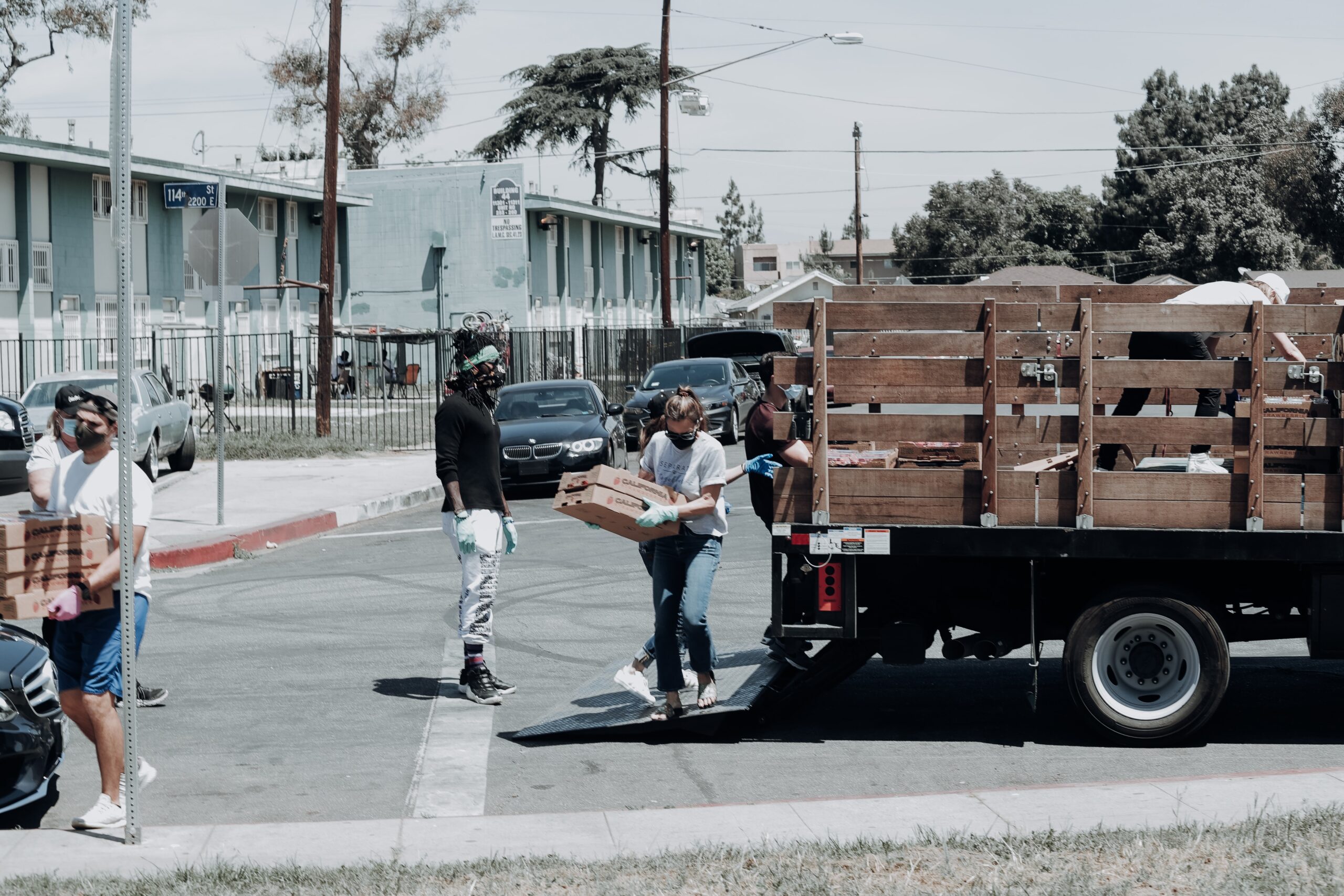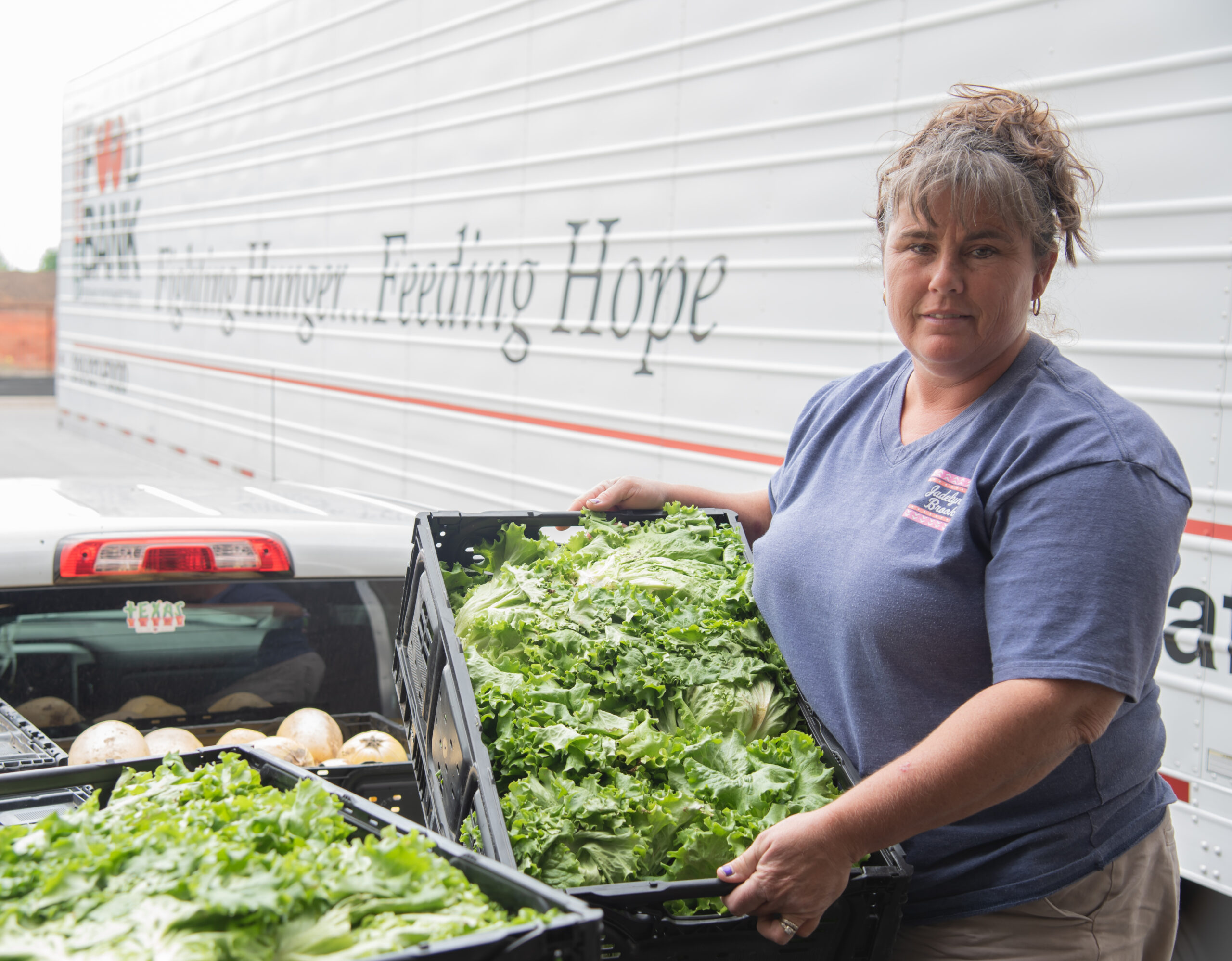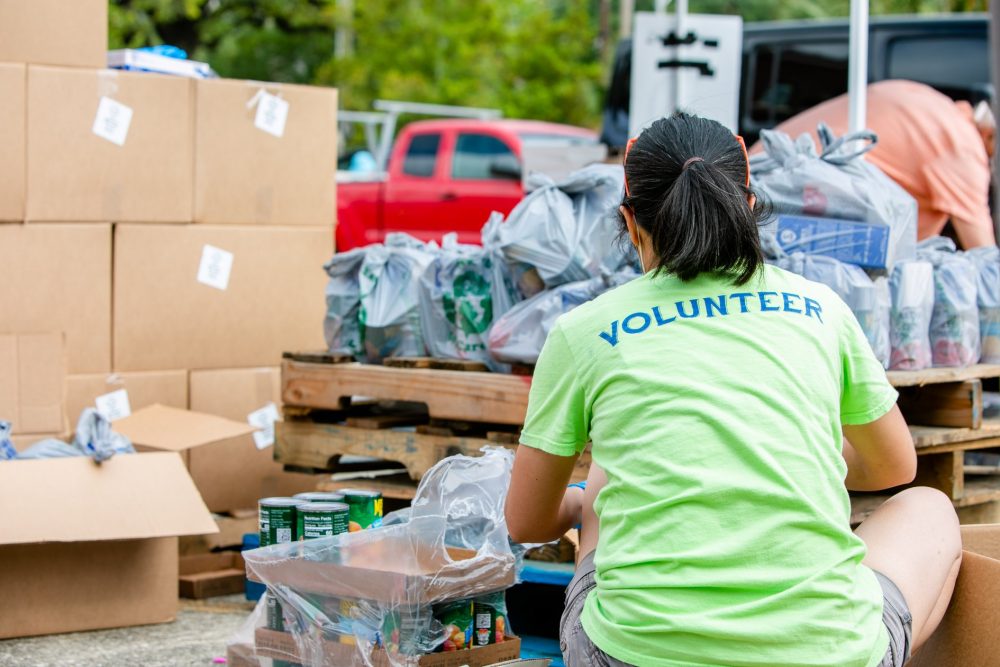Philanthropy During COVID-19
This blog originally appeared on Columbia Climate School’s website. The COVID-19 pandemic has had a devastating impact throughout the world. It is a public health and economic crisis that amounts to a super disaster, as it is not confined to a specific geographic area of the country like an earthquake, hurricane, tornado or fire. It has been […]

This blog originally appeared on Columbia Climate School’s website.
The COVID-19 pandemic has had a devastating impact throughout the world. It is a public health and economic crisis that amounts to a super disaster, as it is not confined to a specific geographic area of the country like an earthquake, hurricane, tornado or fire. It has been a truly global experience, which has illuminated as well as exacerbated existing inequities.
The impact of disasters often stimulates philanthropic responses to varying degrees. Given the breadth of the pandemic’s effects, it is not surprising that philanthropic initiatives have been taking form across the United States and globally.
A new report created by the nonprofit organization Candid in close partnership with the Center for Disaster Philanthropy documents philanthropic giving in response to the COVID-19 pandemic during the first half of 2020. The report found that total philanthropic funding related to COVID-19 efforts was much higher than funding for other recent disasters. Few awards, however, provided flexible support for grantees. Additionally, only 5% of recipient-specified funding was designated for Black, Indigenous, and People of Color (BIPOC) communities—populations disproportionately affected by the pandemic.
Some key findings from this report include:
- More than $20 billion was awarded for COVID-19 globally in 2020.
- 44% of funding came from corporations.
- 54% of total awards were granted by community foundations, accounting for more grants than any other grantmaking type.
- At least $5.8 billion was gifted by high-net-worth individuals.
- Donor-advised funds of Fidelity Charitable, Schwab Charitable, and Vanguard Charitable donated an additional combined $14.6 billion.
- 35% of dollars from U.S. COVID-19 philanthropy to specified recipients was explicitly designated for BIPOC communities. Philanthropist MacKenzie Scott’s large donations contributed to high-net-worth donors designating a higher proportion of funding for BIPOC communities than institutional philanthropy (corporations, foundations, and public charities).
In light of these findings, the Center for Disaster Philanthropy provides a few recommendations for funders and philanthropy moving forward to account for the long-term impacts of the pandemic. These include: explicitly target funding to communities that are systemically marginalized and disproportionately impacted; and expand reach and dollars into new areas and through new strategies to make grants outside of traditional grantmaking circles.
There is much to be said regarding these findings. Overall, they demonstrate both philanthropy’s promise and limitations. They suggest that philanthropy compelled institutions and individuals into action, providing targeted giving in order to address the crisis of the moment. These circumstances even led to some departures from typical philanthropic practice, such as increased spending from donor-advised funds. Simultaneously, some longstanding philanthropic practices were not dramatically altered in areas such as flexible levels of support — although, it appears that some foundations loosened reporting requirements for grantees. The idea of increased flexibility in funding has been a point of discussion over recent years.
The report recommends increased flexibility in funding and general support. The level of disruption caused by the pandemic and other disasters as well makes the case for flexible funding. Very narrowly defined project grants assume business as usual. For the most vulnerable communities, uncertainty is a persistent reality. The addition of a disaster compounds these existing conditions. The community-based nonprofit organizations serving the most underserved populations need flexibility in order to be able to constantly adapt to unstable and adverse circumstances.
The findings from the report are intriguing as much about what has occurred as they are regarding potential precedent. Will greater awareness about the disproportionate impact of the pandemic on BIPOC communities lead to expanded philanthropic resources to organizations led by and serving BIPOC communities, for example? This has yet to be determined. But it is important to note that a growing racial reckoning has paralleled the pandemic. The two are intertwined, because both highlight the persistence and extent of systemic racism.
The racial reckoning was accelerated by acts of violence against Black people, particularly the murder of George Floyd. This incident took place at a point when it was becoming increasingly clear that BIPOC communities were disproportionately contracting and dying from COVID-19. This truth is a function of pre-existing factors — comorbidities, depending on essential work, living in close quarters in multigenerational homes, and a host of social determinants of health. Historical policies and practices established inequitable root causes that have led to the circumstances that led to greater vulnerability in moments of crisis for particular populations.
The report recommends increased targeted giving to BIPOC communities. This is an important direction for philanthropy, because in order to solve the most pressing needs of our times, it is essential to target the populations that are most adversely impacted. While this seems simple, it has not typically been the case in philanthropy. As philanthropy tends to be organized around substantive fields of interest — education, health, economic development, housing, etc. — the pandemic and a growing racial justice movement both remind us of the staggering racial disparities in all aspects of life.
The dramatic unemployment figures among BIPOC communities, the lack of access for children in the same communities to technological and other resources for remote learning, and the vulnerable housing status faced by those who will soon be asked to pay substantial sums upon the ending of eviction moratoriums are a few examples of areas that illustrate racial inequities. Only an emphasis on and understanding of racial equity and racial justice can lead to philanthropy that will actually solve some of these challenges. These realities are reflected in data. The report also underscores the importance of using data to inform philanthropy.
As is the case with natural disasters, the pandemic created immediate needs for relief. Areas of funding highlighted in the report reflected how philanthropy responded accordingly through support for human services, funder rapid response, etc. However, also typically in disaster responses, there has been less funding for community and economic development or systems change. Too often, philanthropic responses to natural disasters do not transcend immediate relief. Especially given the extensive reach and impact of the pandemic, the effects will be with us for years to come. All disaster philanthropy should plan for the long-term transformation of community and appropriate policy level shifts. As many hope to return to normal, for the most vulnerable populations, this is not particularly desirable. The pandemic is an opportunity to reimagine communities and rethink resilience to future pandemics as well as inequity in general. Philanthropy should support organizations and initiatives that are addressing relief, recovery, as well as reimagination.
It is also important to recognize that foundations alone cannot solve the breadth of challenges displayed by the pandemic — it is a multi-institutional challenge involving government, universities, hospitals, and various institutions across sectors and industries. Various community foundations during the pandemic created COVID-19 response funds that galvanized support across the ecosystem of institutions and stakeholders in their communities. These may have laid some groundwork for collaboration that draws upon the full range of existing resources in communities in the way that the Prudential Foundation’s support for the Newark Anchor Collaborative, in Newark, New Jersey stimulates consistent partnership among 17 anchor institutions in this city.
As more foundations consider participatory grantmaking and trust-based philanthropy, it is important to explore community-driven philanthropy — comprehensive direct engagement with community-based constituents. The constituencies bearing the brunt of the pandemic and racial inequities know their situation best. Philanthropy should prioritize community-based decision-making and build on existing experience and solutions.
Philanthropy should target root causes and collective policy actions, and acknowledge and challenge systemic racism and bring a racial equity lens. Other aspects of inequity have been particularly apparent during the pandemic. For example, it has become increasingly clear that women have been adversely impacted based on existing gender inequities. This suggests more targeted funding for women and girls.
The pandemic should compel philanthropy to confront what it means to forge truly sustainable communities, and take into account the wide range of factors that lead to significant vulnerability. In addition to public health challenges, racial and gender inequities, and titanic economic disparities, the effects of climate change continue, and pose an increasing threat. The philanthropic mindset in the wake of COVID-19 should emphasize community resiliency, better preparing neighborhoods, cities, towns, and nations for the likely disasters of the future. This means taking on inequities directly. It also means very specific actions, such as strengthening the capacity of community-based nonprofit organizations or expanding and enhancing healthcare infrastructure — especially for hospitals that primarily serve the most vulnerable constituencies. This is not only a matter of relieving the crisis of the moment, but it is also a question of preparedness for the future.
More like this

What We Don’t Know About COVID-19 Funding, and How You Can Help

